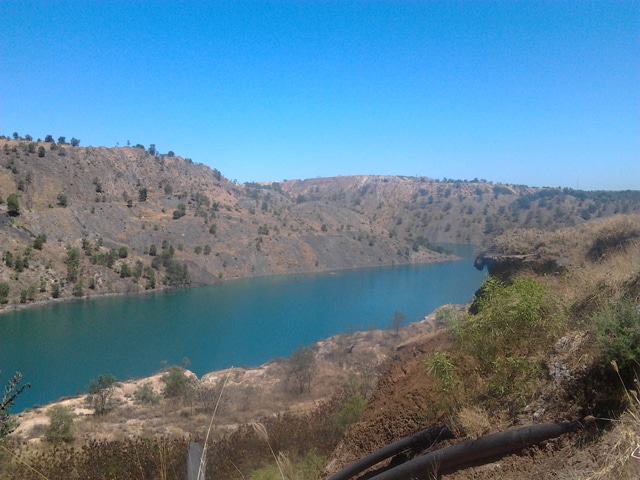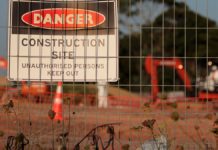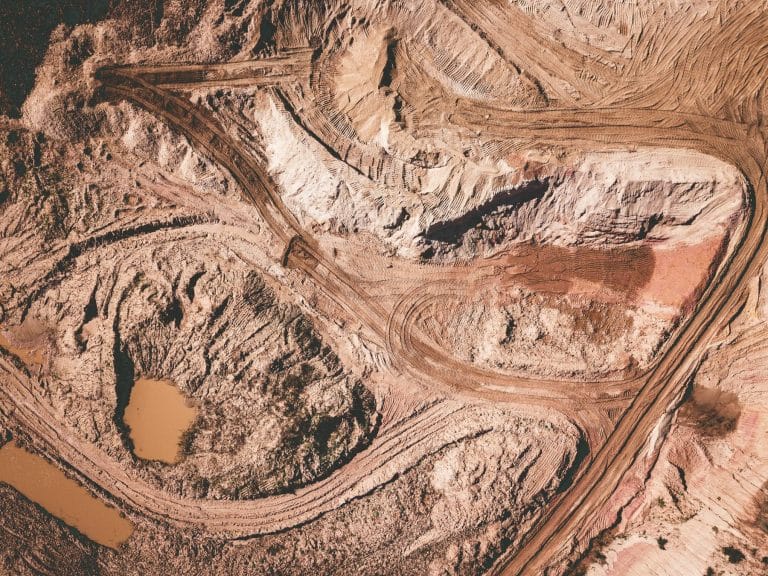
Landing a job in the mines in Australia means ensuring the possibility of putting a lot of money aside, while living an extraordinary experience. Aude arrived in Australia with a Working Holiday Visa. After doing some volunteer work, she found a mining job in Queensland. This vast state is renowned for its rich mineral deposits, particularly coal and bauxite, and the mining sector plays a crucial role in the local economy. Aude tells us about her experience and shares her advice and tips for finding a job in this field.
Table of Contents
Getting started
Research and application
Before embarking on a mining career, you can conduct research on the various roles available in the industry. Queensland offers a wide range of mining jobs, from equipment operators and engineers to geologists and safety officers.
Recruitment agencies will undoubtedly be your main entry point. On the other hand, if you don’t have any experience in this field, word of mouth will be the best way to find a job in the mines. If you manage to meet someone who already works in a mine, it can help you a lot. The network is very important in Australia, and particularly in this fairly closed environment.
Be aware that being there is always an advantage when applying. If offers become available, it will always be, first in best dressed. During certain periods, the mines are closed, or rather under renovation. At these times, they will recruit unskilled labour for shorter missions. It’s a good way to get a first experience in this environment and then get a long-term job.
Do not hesitate to contact the mines directly, highlighting your training, your experiences, etc. You can find their contacts on the internet. For example, I worked for the SARAJI mine of the BMA company. It is one of the largest mines in the country, located in Queensland. But there are some all over the country.
Training and induction
First of all make sure you have your White Card.
Upon securing the job, you will need to undergo comprehensive training. This included classroom sessions covering safety protocols, equipment operation, and environmental management, as well as hands-on training with the machinery you would be using (if applicable). Safety is paramount in the mining industry, and the company emphasized the importance of adhering to strict safety standards.
The induction program also included a site tour, where you got a firsthand look at the scale of operations and the state-of-the-art technology employed in modern mining.
Get discounts for your White Card course
Take advantage of special offers to obtain the white card and work in the construction industry.
How I find my job in the mines in Australia
When I first arrived in Australia, I lived on my savings for 3 months doing volunteer work, working a few hours a day in exchange for room and board. So finally, it was time for me to find work to continue my Australian adventure.
I found an advertisement within a facebook group in Australia. A woman was looking for a replacement to be an au pair in a family living in an isolated area of Queensland. This is how I found myself in Dysart, 250km from Mackay.
Dysart is a small mining town where 80% of the active population works directly or indirectly with the SARAJI mine of the BMA company.
The family, with whom I will be living for 6 months, have lived here for 9 years and have 5-year-old twins. They live in a residential area that belongs to the mine and rent their house for $50 a week!
They both work at the mine for 6 “on” days, then 6 “off” days. Rach drives a big truck that transports coal from the extraction point to the collection point. Jono is at the controls of the big machine that extracts the coal the “dragline”. She earns $1900 per week and he earns $2200 per week.
As they describe themselves as a “friendly couple” and they have many contacts, I was able to join a cleaning company.
The best way in my opinion to find a job in the mines is to use your contacts. Do not hesitate to talk about it around you, to the locals you meet! Australians are very friendly and they will help you if they can!
What does a job in the mines entail?
My job was organized as follows: I work with the children for 6 days then I work in the mine for 5 days. Company policy is not to allow contractors to work more than 5 days in a row. This last point is surely different from one site to another.
Mandatory training
To integrate this housework, I had to do a training course that cost me $1000 . These three days of training consisted in discovering the company and the environment of the mines but were mainly centred on all security issues.
The mine is a high risk site, there are serious accidents every week. So, there are a lot of safety rules to follow. In particular, the obligation to wear a uniform, hard hat, gloves, safety glasses, safety shoes, drink plenty of water, take breaks and wear sunscreen regularly.
My missions
Our job was to supply each workspace between 5 to 10 litres of milk every 2 days. Because yes Australians are big consumers of milk! We restocked each crib with coffee, chocolate, sugar, toilet paper and hand towels.
Where I worked the mine was organized into 5 distinct spaces:
- Prestrip: premises dedicated to administration, meeting rooms, mine security post.
- Strip: premises for engineers, various cribs corresponding to the various trades, safety (site security + first aid post), showers and changing rooms for men and women, premises for internal training and training.
- Middle: the workshop (area where the mechanics repair and maintain the various machines), the warehouse (where they store their equipment), maintenance, foremen’s (central room linked to the safety of the Middle site), Service Bay (a sort of station gasoline for the different machines).
- Bottom: the dirtiest place in the mine! It is here that the trucks dump the coal and a huge machine collects it, prepares it, and puts it on the train (a railway line built for the mine and exclusively used by the surrounding mines). The train can reach 120 cars!!
- Haul Road: the largest part of the mine. It is 30 km long. There are cribs and toilets scattered throughout the site. The site is brewed all the time. Lots of movement between the trucks loading the coal and replacing the unusable rock blocks. There are also tank trucks that spend their time watering the roads in order to settle the dust.
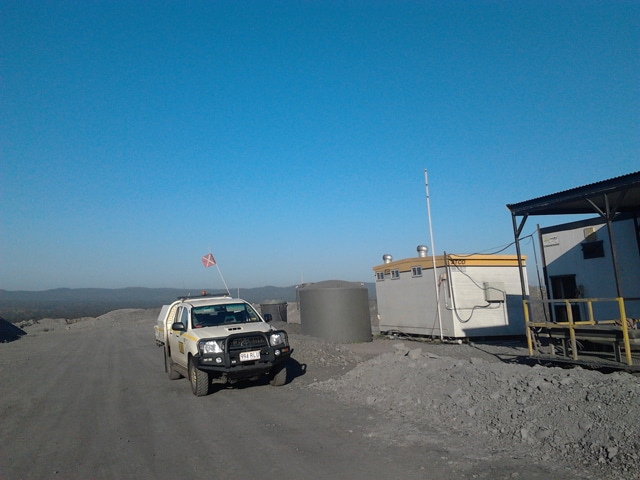
A typical day in the mines in Australia
The day starts the same way for all mine employees: Prestart. It is a meeting where it is a question of what happened on the mine these last hours, one is informed on the movements to come such as the blasts and thus the obligatory evacuations, reminder of the safety rules.
Finally, everyone is invited to express themselves on questions of a general nature, such as: “Yesterday I saw a car where the children had not fastened their seat belts! “Boo that’s bad!!” or “I have a new snake but I don’t feel like it is feeding.” What do I have to do? (it’s real life!). Then the missions of each are explained and everyone can dispose.
My working conditions
Everyone is very regularly on a “smoko” break. We easily spend all our time having a “chat” with everyone.
I was paid $30 per hour, 7h30 per day worked. I don’t think I’ve ever worked more than 5:30. All the rest of the time it was breaks! In short, I was not stressed!
When I worked in the mine it was 35 degrees from 6:30/7am!! It is therefore understood that regular breaks are essential! We had up to 57 degrees on the site! It is necessary to remove the 3 degrees that the reverberation of the sun on the concrete adds to the thermometer.
Regarding accommodation and cleaning, being housed in the family where I was an ‘au pair’, I didn’t have to worry about much!
When I did cleaning, the team was mostly made up of young people between 17 and 25 who had no education and left after their last year of High School. Most are waiting for a job as a truck driver. However, BMA offers few positions and recruitment sessions are more and more drastic. The other part of the team was made up of women over 40, single/divorced with dependent children. They therefore have no choice but to work.
The working atmosphere could sometimes be heavy. It is a small city. Everyone knows each other and everyone takes care of everyone’s business. Welcome to Gossip Community!!
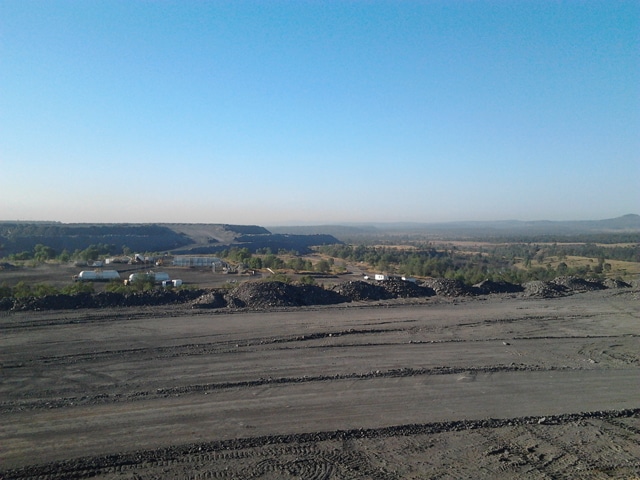
Life in an isolated region
Living 6 months in an isolated region… honestly, that’s a long time! And at the same time, I take a lot of positives from this experience! I learned a lot and shared with people.
I think I have experienced the life and daily life of Australians and shared their routine and their work. Having been a nanny allowed me to be present in many instances of community life. Like school for example. The Australian school system which is very different from the French school system.
What struck me during these 6 months was the number of housewives. Whether they have 1, 2, 3, 4 children, the salaries being high, it seems normal to them that the mother of the family does not work. I often discussed it with them because it is something that questioned me being far from my education and my life back home.
During our exchanges, they could tell me the comfort that this easy money from the mine allowed. They did not define their work as something exhilarating or even exhausting. Most of them do not like their job, they do not see themselves leaving it. They do not imagine themselves leaving their job to find one that they might like but whose salary would not be as attractive as the one they receive from the mine.
There is a kind of fatality in their discourse and in their daily life. A month after I arrived at the mine, there was a problem at the sewage treatment plant. Drinking water has turned yellow and undrinkable. However, the mine allowed the distribution of free bottled water to the entire population for months.
